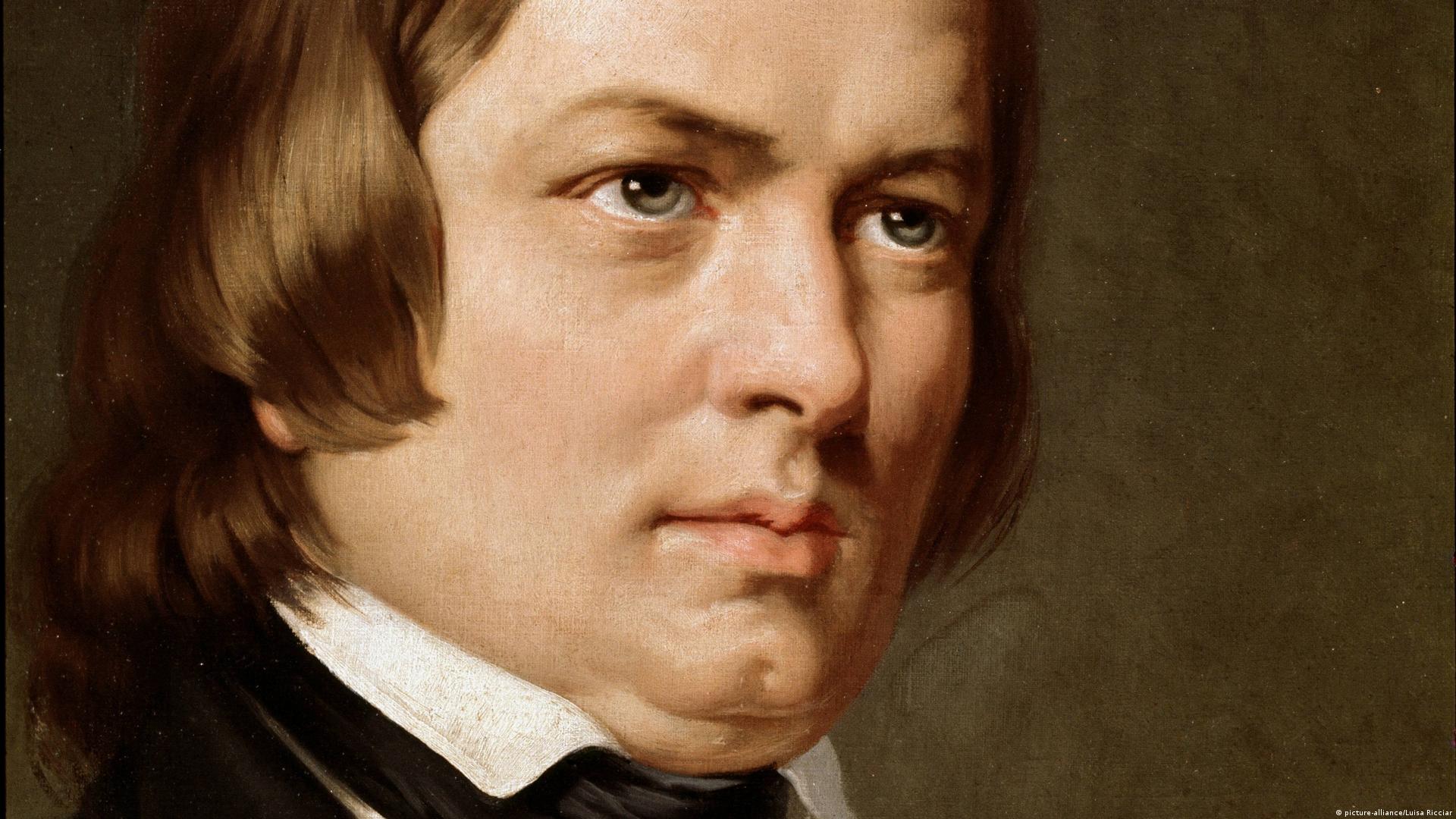Robert Schumann (1810–1856) remains one of the most influential composers of the Romantic era. His music, known for its emotional depth and innovative structures, continues to captivate audiences. Here’s a look at ten of Schumann’s most celebrated compositions, spanning different genres and showcasing his genius.
1. Carnaval, Op. 9 (1834–1835)
A piano suite that paints a vivid musical picture of a masked ball during Carnival. It consists of 21 short pieces, each representing a different character or scene. The work includes whimsical, tender, and dramatic sections, reflecting Schumann’s ability to blend narrative with music. Notable pieces within Carnaval include “Eusebius” and “Florestan,” representing two sides of Schumann’s personality.
2. Symphony No. 3 in E-flat Major, Op. 97, “Rhenish” (1850)
Inspired by the sights and sounds of the Rhineland, this symphony is imbued with regional color and folk elements. The third movement, “Nicht schnell,” evokes the majesty of Cologne Cathedral. The symphony as a whole is both grand and exuberant, reflecting Schumann’s optimism during his time in Düsseldorf.
3. Dichterliebe, Op. 48 (1840)
A song cycle based on Heinrich Heine’s poetry, “Dichterliebe” (“A Poet’s Love”) is one of Schumann’s most profound vocal works. The cycle of 16 songs explores the journey of love—from rapture to despair—with exquisite lyricism and emotional depth. Songs like “Ich grolle nicht” and “Im wunderschönen Monat Mai” are particularly celebrated for their expressive power.
4. Piano Concerto in A Minor, Op. 54 (1841–1845)
Schumann’s only completed piano concerto is a masterpiece of the Romantic concerto repertoire. It features a dialogue between the piano and orchestra, rather than a display of virtuosity for its own sake. The opening movement, “Allegro affettuoso,” is especially known for its lyrical themes and intricate interplay between the soloist and the orchestra.
5. Kinderszenen, Op. 15 (1838)
A suite of 13 short pieces for piano, “Kinderszenen” (“Scenes from Childhood”) reflects Schumann’s nostalgic view of childhood. The pieces range from the tender “Träumerei” to the playful “Hasche-Mann,” each capturing a different aspect of a child’s world. “Träumerei” is particularly famous for its delicate, dreamy quality.
6. Symphony No. 1 in B-flat Major, Op. 38, “Spring” (1841)
This symphony, Schumann’s first, is filled with the exuberance and freshness of spring. It’s characterized by its bright orchestration and rhythmic vitality. The “Spring” Symphony captures the awakening of nature and the optimism of the season, reflecting Schumann’s own joy and hope at the time of its composition.
7. Piano Quintet in E-flat Major, Op. 44 (1842)
One of the cornerstones of the chamber music repertoire, the Piano Quintet combines the piano with a string quartet. The work is noted for its energy, lyrical melodies, and structural innovation. The second movement, “In modo d’una marcia,” is especially renowned for its haunting beauty and dramatic contrasts.
8. Fantasiestücke, Op. 12 (1837)
A set of eight pieces for piano, “Fantasiestücke” (“Fantasy Pieces”) is inspired by the literary works of E.T.A. Hoffmann. Each piece has a distinctive character, from the introspective “Des Abends” to the fiery “In der Nacht.” This work showcases Schumann’s ability to create vivid musical images and his gift for storytelling through music.
9. Cello Concerto in A Minor, Op. 129 (1850)
Composed during a challenging period in Schumann’s life, the Cello Concerto is marked by its lyrical beauty and intimate character. Unlike many concertos of the time, it eschews overt virtuosity in favor of a more conversational interplay between the soloist and the orchestra. The slow movement, in particular, is notable for its expressive dialogue between the cello and the orchestral strings.
10. Liederkreis, Op. 39 (1840)
Another song cycle, “Liederkreis” (“Song Circle”), sets poetry by Joseph Eichendorff to music. The 12 songs explore themes of nature, longing, and the wanderer’s life. This cycle is known for its delicate, evocative settings and the way Schumann captures the mood and atmosphere of each poem. Songs like “Mondnacht” and “Frühlingsnacht” are highlights for their lyrical beauty and sensitivity.
Conclusion
Robert Schumann’s compositions are remarkable for their emotional depth, innovative structures, and ability to evoke vivid imagery and narrative through music. His works continue to be celebrated for their impact on Romantic music and their enduring appeal to audiences and performers alike. Whether through his symphonies, piano works, or song cycles, Schumann’s music offers a profound and intimate glimpse into the human experience.


Comments are closed